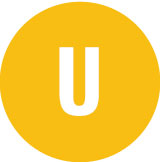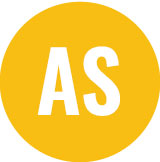Understanding the types of eye protection workers need starts with knowing what contributes to or causes eye injuries, as well as how they can be prevented.
Eye injuries can happen because of striking or scraping, penetration of a foreign object as well as chemical or thermal burns (also known as welder’s eye).
- Injuries from striking or scraping happen when particles or objects become airborne from tools ejecting them, flying objects, or falling from above.
- Injuries from penetration happen when nails, staples, or other objects go through the eyeball. This can lead to permanent vision loss.
- Chemicals or cleaning products can splash and cause burns.
Most of these eye injuries can be prevented by wearing the proper PPE. The right kind is based on the specific work being performed, the hazards encountered, and personal vision needs (such as wearing corrective lenses). Speaking with an Arbill Safety Advisor can help identify the best solution for any situation.


































